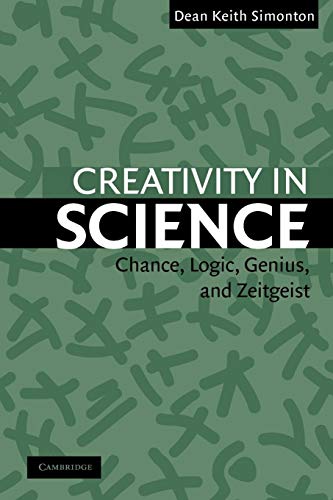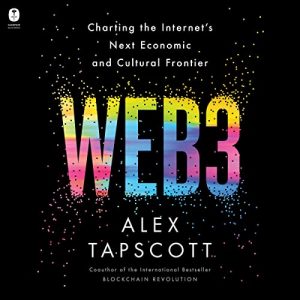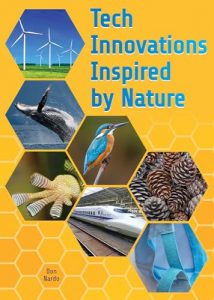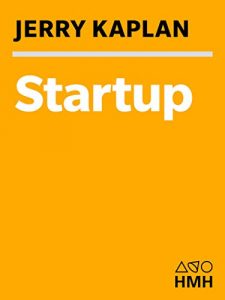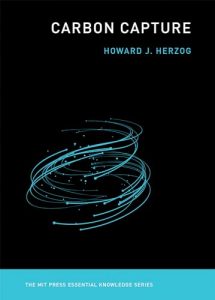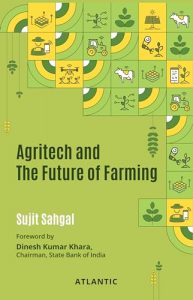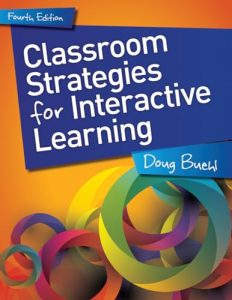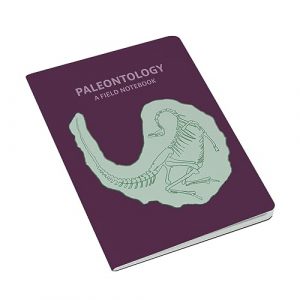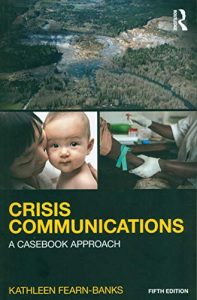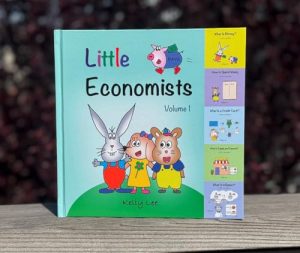In a world where innovation drives progress, the intersection of science and creativity becomes paramount. The art of thinking outside the box not only leads to groundbreaking discoveries but also transforms the landscape of traditional science. As we dive into the realm of literature, various authors have embarked on a journey to elucidate how creativity plays a pivotal role in scientific endeavors. Whether you are a seasoned scientist, a student, or merely a curious mind, these books will elevate your understanding and appreciation of creativity within the scientific domain.
From profound essays to inspiring narratives, each title reveals how imaginative thinking fuels scientific advancement and challenges preconceived notions. Join us as we explore a selection of remarkable books that celebrate creativity in science—books that are not just informative but also ignite the spark of curiosity and inspiration. Each review will showcase why these titles are essential additions to your library and how they can elevate your understanding of the intertwined relationship between science and creativity.
Featured Book: Creativity in Science: Chance, Logic, Genius, and Zeitgeist
Discover the brilliant intertwining of creativity and scientific thought in “Creativity in Science: Chance, Logic, Genius, and Zeitgeist“. This illuminating book goes beyond the typical studies of creativity, delving into the nuanced aspects that make creative processes in science unique. It addresses crucial elements such as chance, logic, and the impact of cultural zeitgeist on scientific innovation. This book is a must-read for those who seek to understand the non-linear paths that brilliant ideas can take. It challenges readers to think differently, showcasing how historical context and individual genius coalesce to result in scientific breakthroughs.

Creative Writing in Science: Activities That Inspires – PB411X
“Creative Writing in Science: Activities That Inspire” is an outstanding resource for educators and students alike. It emphasizes the importance of communication in science, integrating creative writing exercises that encourage students to express their understanding creatively. This book serves as a bridge between imaginative thinking and factual reporting, fostering a holistic approach to science education. It is an engaging way to cultivate a new generation of scientists who are as skilled in creativity as they are in analysis.

Explaining Creativity: The Science of Human Innovation
“Explaining Creativity: The Science of Human Innovation” delves deeply into the cognitive processes behind creativity and its vital role within various fields, including science. This book outlines research findings from psychology and social sciences, providing a comprehensive overview of what drives creative thought. It is ideal for anyone looking to broaden their understanding of how human innovation emerges from wellspring concepts, making it a cornerstone text for both scholars and curious readers.

Managing Creativity in Science and Hi-Tech
“Managing Creativity in Science and Hi-Tech” presents an insightful analysis of how organizational creativity can be fostered within scientific and high-tech environments. This book tackles the challenges that come with managing creative individuals and teams, offering strategies that can lead to innovation. For managers and leaders looking to cultivate an inventive culture within their teams, this read is essential.

Conversations About Creativity: Art, Writing, Music, Filmmaking, Theatre, Education, Science & the Synergy of Imagination
This engrossing anthology, “Conversations About Creativity“, blurs the lines between diverse forms of creativity, including science as a pivotal conversation partner. Bringing together perspectives from various domains, it showcases how artistic endeavors resonate within scientific inquiry. It’s a unique book that encourages readers to think broadly about creativity and its manifestations in the world.

The Poetry and Music of Science: Comparing Creativity in Science and Art
“The Poetry and Music of Science” provides a unique comparative analysis of creativity across disciplines. This book highlights the parallels between scientific methods and artistic expression, revealing how both fields can inspire and inform each other. A compelling read for anyone interested in the relational qualities of creativity, it prompts us to rethink conventional notions of both science and art.

Essays on Creativity in the Sciences
The insightful compilation of essays in “Essays on Creativity in the Sciences” offers a plethora of viewpoints on the relationship between creativity and scientific inquiry. Each essay is penned by a different voice in the field, providing a rich tapestry of thought that challenges conventional wisdom. This anthology serves as a reminder that creativity is not just an added bonus in science, but a fundamental component of its practice.

Exceptional Creativity in Science and Technology: Individuals, Institutions, and Innovations
“Exceptional Creativity in Science and Technology” explores the interplay between individual creativity, the institutions that support it, and the innovations that stem from this synergy. This informative text provides vital insights into how institutional frameworks can nurture exceptional talents within scientific communities. An essential read for policymakers and educational leaders alike, looking to foster environments conducive to groundbreaking innovations.

Insights of Genius: Imagery and Creativity in Science and Art
“Insights of Genius: Imagery and Creativity in Science and Art” offers a profound exploration of how creative imagery influences both scientific and artistic inspiration. This book examines case studies from both domains, uncovering how visualization techniques can lead to innovation and creativity. Bringing together insights from various thought leaders, it’s an essential read for those looking to deepen their understanding of the artistic side of science.

Creating Scientific Controversies: Uncertainty and Bias in Science and Society
Finally, “Creating Scientific Controversies” discusses the role of uncertainty and bias in shaping scientific narratives. This thought-provoking book encourages readers to reflect on how controversies can stimulate creative thinking within the scientific community. It reveals the importance of constructive debate and divergent viewpoints in fostering innovation, making it a relevant read for those keen on understanding the dynamics of scientific discussions.


